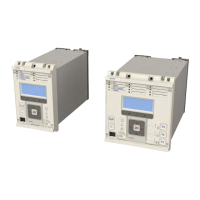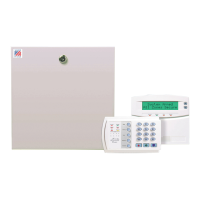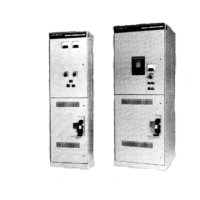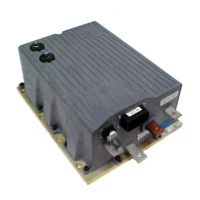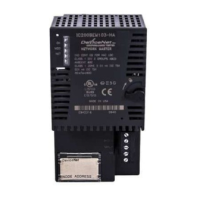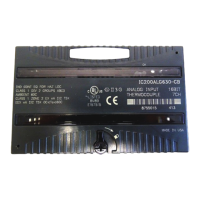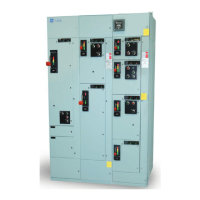6.2 NON-DIRECTIONAL NEGATIVE SEQUENCE OVERCURRENT LOGIC
I2>1 Tmr Blk
V00607
I2>1 Start
I2>1 Trip
CTS Block
I2> Blocking
2H Blocks I2>1
I2>1 Current Set
& IDMT/DT
Timer Settings
&
&
I2> Inhibit
I2H Any Start
Note: This diagram does not show all stages . Other stages follow
similar principles.
I2
Figure 33: Negative Sequence Overcurrent logic - non-directional operation
For Negativ
e Phase Sequence Overcurrent Protection, the energising quanitity I2> is compared with the threshold
voltage I2>1 Current Set. If the value exceeds this setting a Start signal (I2>1 Start) is generated, provided there
are no blocks.
The function can be blocked if a CTS or second harmonic condition is detected.
The I2>1 Start signal is fed into a timer to produce the I2>1 trip signal. The timer can be blocked by the timer block
signal I2>1 Tmr Blk.
This diagram and description applies to each stage.
6.3 DIRECTIONAL ELEMENT
Where negative phase sequence current may flow in either direction, directional control should be used.
Dir
ectionality is achieved by comparing the angle between the negative phase sequence voltage and the negative
phase sequence current. A directional element is available for all of the negative sequence overcurrent stages.
This is found in the I2> Direction cell for the relevant stage. It can be set to non-directional, directional forward, or
directional reverse.
A suitable characteristic angle setting (I2> Char Angle) is chosen to provide optimum performance. This setting
should be set equal to the phase angle of the negative sequence current with respect to the inverted negative
sequence voltage (–V2), in order to be at the centre of the directional characteristic.
P24xM Chapter 6 - Current Protection Functions
P24xM-TM-EN-2.1 103
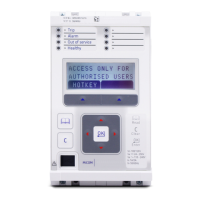
